Information on good initiatives which preserve Indian Ocean Ecosystem Coral reefs, sea grass beds, and mangrove forests
The context :
- Occupying 20% of the earth’s surface, the Indian Ocean is a habitat to thousands of marine species.
- Ocean wildlife migration is essential to sustaining marine ecosystems.
Oceans absorb 80% of heat from the earth’s atmosphere, the Indian Ocean’s capacity to mitigate global warming is declining with repercussions such as the depletion of fish stocks.
Fish is key to food security in coastal communities worldwide and should thus be protected at all costs.
- Indian Ocean is home to 30% of the world’s coral reef cover.
- Generating energy from various sources, including waves, ocean currents, tidal range and currents, salinity gradients, and Ocean Thermal Energy Conversion
- A major tourist destination. : the ocean with turquoise waters, the beauty of the islands, the pristine white sand beaches, the spectacular landscapes, the richness of marine and coastal biodiversity delights nature lovers from all over the world.
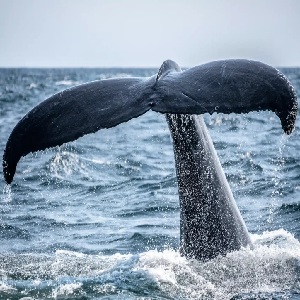
Malaysia : Fisheries Dept urges public support for marine mammal conservation efforts
Malaysia : Fisheries Dept urges public support for marine mammal conservation efforts The Fisheries Department (DOF)

Protection of the baobab forests of western Madagascar: a sustainable commitment until 2028
Protection of the baobab forests of western Madagascar: a sustainable commitment until 2028 The “Protection of the

Saudi Arabia takes lead in global coral reef conservation with opening of ICRI secretariat
Saudi Arabia takes lead in global coral reef conservation with opening of ICRI secretariat Saudi Arabia

India To Launch First Human Underwater Submersible As Part Of Deep Ocean Mission
India To Launch First Human Underwater Submersible As Part Of Deep Ocean Mission The mission aims

Kenya : International Conference on Heritage Authenticity in Africa
Kenya : International Conference on Heritage Authenticity in Africa The International Conference on Heritage Authenticity in
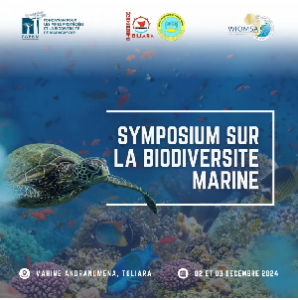
Madagascar’s First National Marine Biodiversity Symposium Sparks Action
Madagascar’s First National Marine Biodiversity Symposium Sparks Action The first National Symposium on Marine Biodiversity Conservation
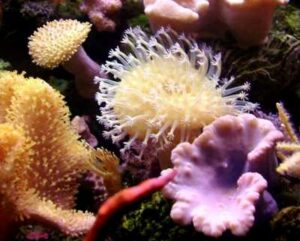
Djibouti : diversity of corals in the Gulf of Aden
Djibouti : diversity of corals in the Gulf of Aden The Seven Brothers Islands or Sawabi Islands
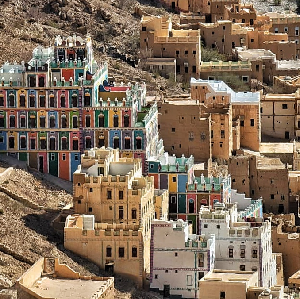
Yemen : Expedition to the wonders of Wadi Dawan, Desert’s Manhattan Shibam and traditional Madhalla shepherds
Yemen : Expedition to the wonders of Wadi Dawan, Desert’s Manhattan Shibam and traditional Madhalla shepherds

Sumatra : The first releases of Siamang back to the Wild
Sumatra : The first releases of Siamang back to the Wild There can be nothing more rewarding

Australia : A wave of new buoys to improve forecasting accuracy
Australia : A wave of new buoys to improve forecasting accuracy Oceanographers at The University
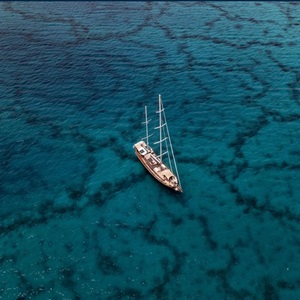
ODISEA expedition to explore and protect biodiversity in the Western Indian Ocean
ODISEA expedition to explore and protect biodiversity in the Western Indian Ocean IUCN will be partnering

Indian Ocean : Scientific launch of the BRIDGES program
Indian Ocean : Scientific launch of the BRIDGES program The Southwest Indian Ocean is a reservoir of biodiversity,

Sri Lanka : first phase of ocean cleanup initiative
Sri Lanka : first phase of ocean cleanup initiative At the SS British Sergeant crash site, where
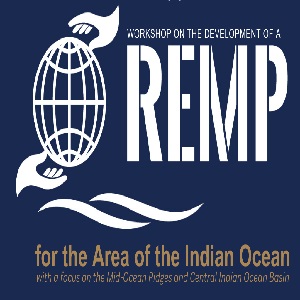
Workshop on the development of a Regional Environmental Management Plan for the Area of the Indian Ocean
Workshop on the development of a Regional Environmental Management Plan for the Area of the Indian Ocean
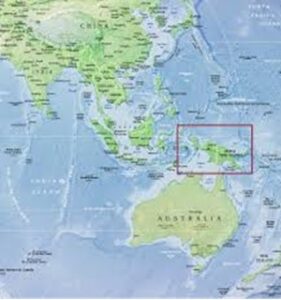
Indonesia : The Bird’s Head Seascape
Indonesia : The Bird’s Head Seascape The Bird’s Head Seascape, a mind-blowingly diverse repository for tropical marine

Call for Contributions in the Western Indian Ocean Journal of Marine Science: Livelihoods and Gender Dimensions in Small-Scale Fisheries
Call for Contributions in the Western Indian Ocean Journal of Marine Science: Livelihoods and Gender Dimensions in Small-Scale

Indian Ocean protection :African nations aim to create the first-ever global “debt-for-nature” exchange.
Indian Ocean protection :African nations aim to create the first-ever global “debt-for-nature” exchange. African nations aim to

Indian Ocean : A regional agreement aims to save a tropical paradise in trouble
Indian Ocean : A regional agreement aims to save a tropical paradise in trouble The Western